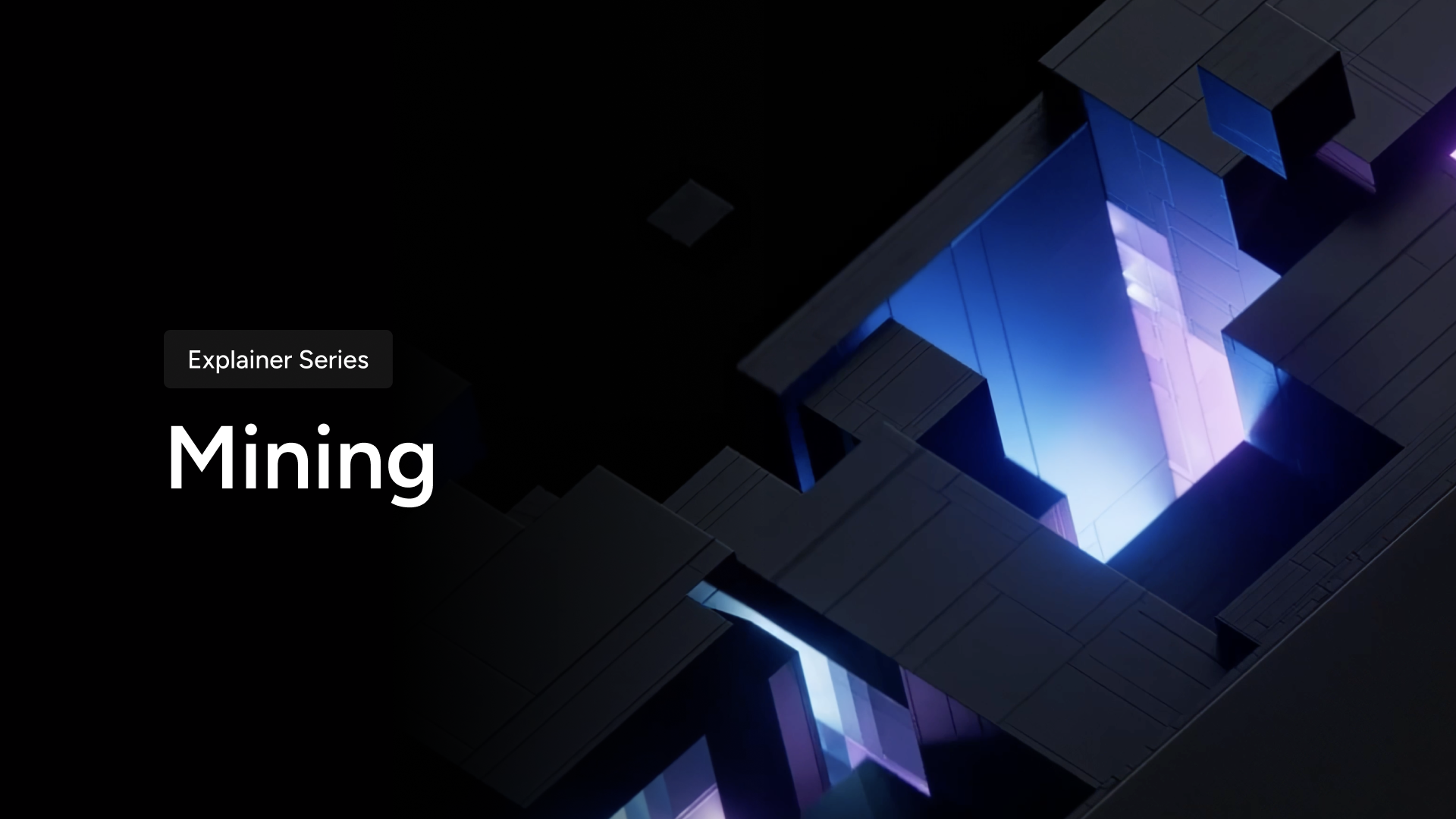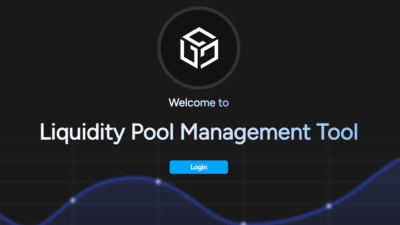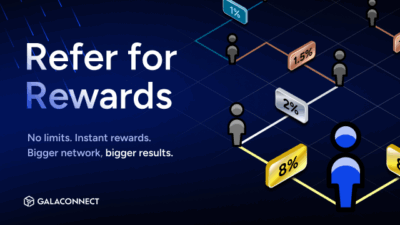Imagine you’re digging for gold. You have your shovel, a lot of patience and the hope of striking it rich. Cryptocurrency mining is somewhat similar, but instead of using physical tools to dig in the ground, you’re using a computer to solve complex mathematical problems.
What is Cryptocurrency Mining?
Mining is the process through which new cryptocurrency coins are created and transactions are verified and added to a blockchain. The most well-known example of this process is Bitcoin mining. Just as gold miners invest time and resources to extract precious metals, cryptocurrency miners invest computing power and electricity to discover new coins.
How Does Cryptocurrency Mining Work?
The Basics
Cryptocurrency mining typically involves solving cryptographic puzzles. These puzzles are complex mathematical equations that require significant computational power to solve. When a miner successfully solves a puzzle, they can add a block of transactions to the blockchain and are rewarded with new coins. This process is known as “proof of work” (PoW). Once it can be proven that a miner has done the work, the tokens are effectively “mined.”
LEARN MORE:
“Bitcoin Mining: Everything you Need to Know” – Simplilearn.com, July 2024
The Steps
- Transaction Verification: When someone sends a cryptocurrency transaction, it needs to be verified to ensure that the sender has enough funds and is authorized to send them.
- Block Creation: Verified transactions are grouped together into a block.
- Puzzle Solving: Miners compete to solve a cryptographic puzzle associated with the block. This puzzle is hard to solve but easy to verify once solved.
- Block Addition: The first miner to solve the puzzle gets to add the block to the blockchain and is rewarded with new coins.
- Reward Distribution: The miner receives a reward, typically in the form of newly minted cryptocurrency and transaction fees.
Why is Mining Important?
Mining plays a crucial role in maintaining and securing the blockchain network. It ensures that all transactions are legitimate and prevents double-spending. By requiring miners to solve complex puzzles, the network remains decentralized and resistant to attacks. This decentralized nature is a core principle of cryptocurrencies, promoting security and trust without relying on a central authority.
Different Methods of Cryptocurrency Mining
- CPU Mining: This was the original method of mining Bitcoin, using a computer’s central processing unit (CPU). However, it’s no longer effective due to the high difficulty of mining puzzles.
- GPU Mining: Graphics processing units (GPUs) offer more computational power than CPUs and are more effective for mining.
- ASIC Mining: Application-specific integrated circuits (ASICs) are specialized devices built specifically for mining cryptocurrencies. They are the most powerful and efficient miners but are also expensive.
- Cloud Mining: This allows individuals to rent mining hardware from a provider. It’s a way to mine cryptocurrencies without having to buy and maintain mining equipment.
LEARN MORE:
“What are the Different Ways to Mine Cryptocurrency?” – Cointelegraph, June 2023
Energy Conversion: Turning Electricity into Digital Gold
Mining is essentially the conversion of energy into digital value. Miners use electricity to power their hardware, which performs the complex calculations needed to mine cryptocurrencies. This process consumes a significant amount of energy, leading to debates about the environmental impact of mining. However, the energy used also serves to secure the network and verify transactions, making it an integral part of the blockchain ecosystem.
Mining on GalaChain: Rewarding Founder’s Nodes
In the Gala ecosystem, the equivalent to mining is the operation of Founder’s Nodes. These nodes provide the computational power necessary to maintain the decentralized network and are rewarded with $GALA tokens. Founder’s Node operators play a crucial role in supporting GalaChain’s infrastructure, similar to how miners support the Bitcoin network.
How Founder’s Nodes Work
- Computational Contribution: Node operators contribute their computing power to support the network.
- Reward Mechanism: In return for their contribution, operators are rewarded with $GALA tokens.
- Decentralization: This system helps maintain the decentralized nature of the Gala ecosystem, ensuring that no single entity has control over the network.
Interested in running a Gala Founder’s Node for daily $GALA rewards? LEARN MORE





